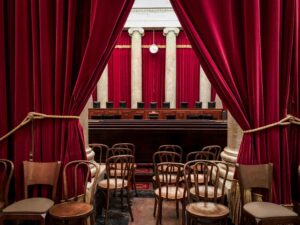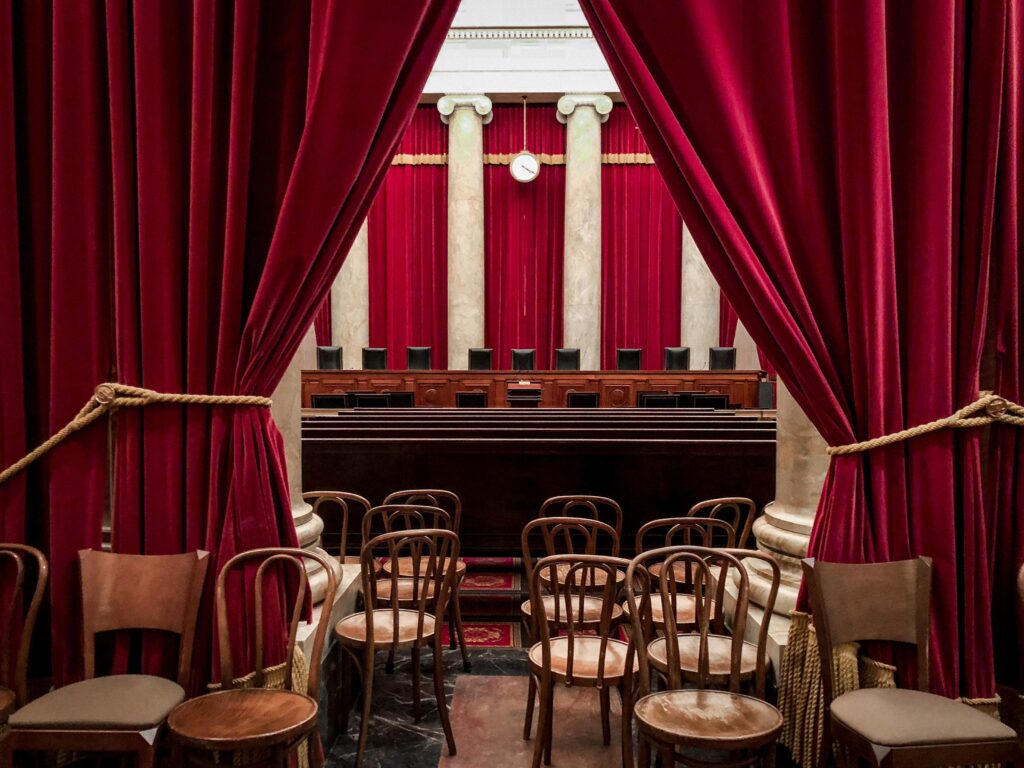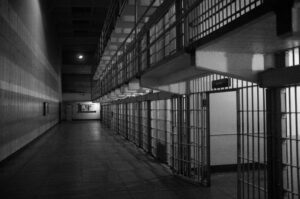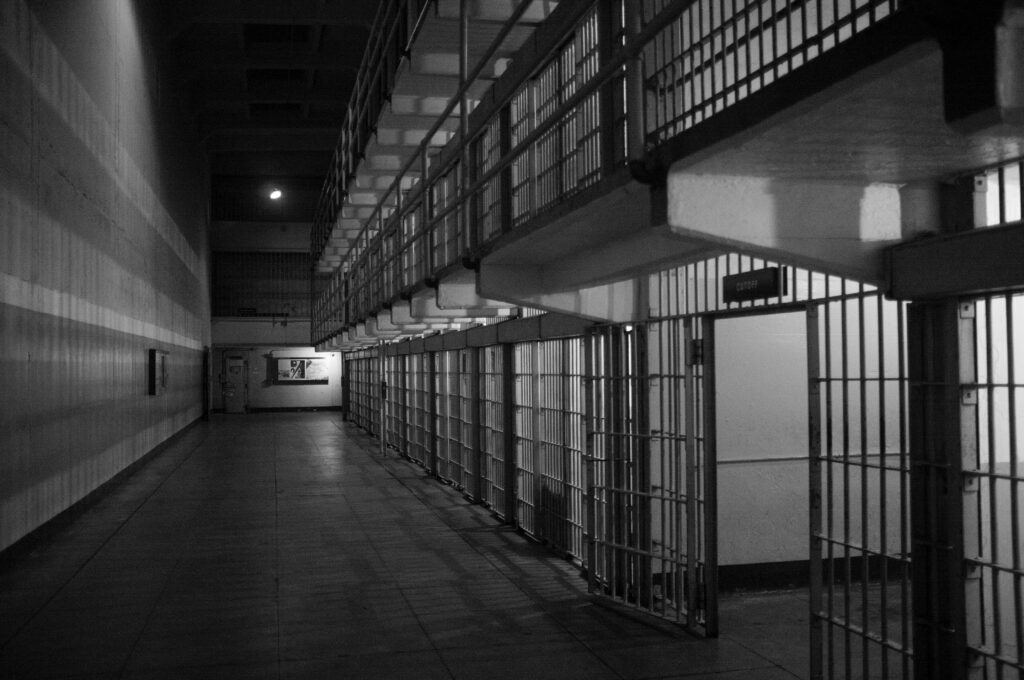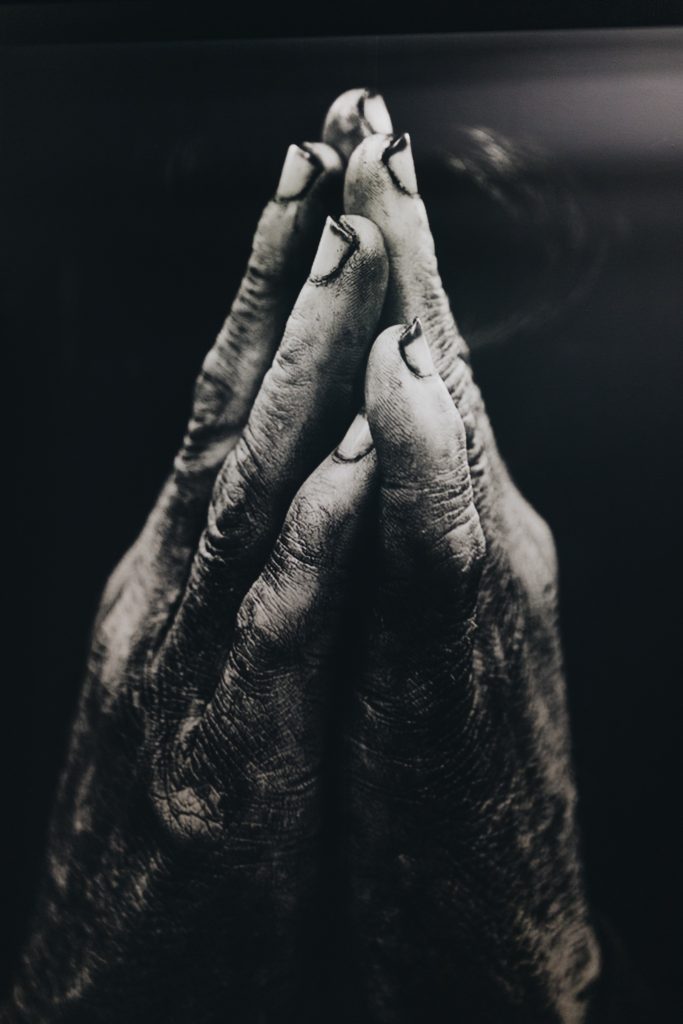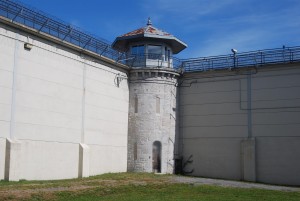By Kendall Carter
Florida has executed more people than just about any other state.[1] However, Florida also gets it wrong more than anyone else. Florida has had thirty exonerations from death row, more than any other state, and it’s not even close.[2]
On October 13, 2022, after months of proceedings, a Broward County jury recommended a sentence of life in prison without the possibility of parole for each of Nicholas Cruz’s 17 counts of first-degree murder.[3] Cruz carried out the February 14, 2018, massacre at Marjory Stoneman Douglas High School in Parkland, Florida, slaying fourteen students and three faculty and staff members.[4] Cruz had plead guilty to the charges last year, so the jury trial focused solely on the sentencing phase.[5] Prosecutors submitted seven aggravating factors—circumstances required to make an individual guilty of first-degree murder eligible for the death penalty—including that the offender created a “great risk of death” to many persons, the homicides were especially heinous, atrocious, and cruel, and the homicides were committed in a cold, calculated, and premeditated manner.[6] The defense submitted forty-one mitigating factors,[7] far more than the seven statutorily defined mitigating factors, relying on the residual provision in Fla. Stat. § 921.141(7)(h) to present “any other factor[s]” that would make the imposition of a life sentence more appropriate.[8] One statutory factor presented was that “the defendant was under the influence of extreme mental or emotional disturbance” when the crime took place.[9] One “other factor” presented was that Cruz’s mother’s heavy alcohol use while pregnant “poisoned” Cruz, leading to fetal alcohol spectrum disorder.[10] While the jurors unanimously determined that the prosecutors had proven seven aggravating factors beyond a reasonable doubt,[11] three of the jurors did not agree that the aggravating factors outweighed the mitigating factors.[12] As such, the jury could not recommend a sentence of death.[13]
Many of the victims’ families expressed shock and outrage at the verdict, including Linda Beigel Schulman, whose son, Scott Beigel, a geography teacher at Stoneman Douglas, was killed.[14] After the verdict was read, Ms. Schulman lamented, “If this was not the most perfect death penalty case, then why do we have the death penalty at all?”[15] Fred Guttenberg, whose 14-year-old daughter, Jamie, was also among the victims, said, “This jury failed our families today. Seventeen families did not receive justice.”[16] Surprise, however, was not limited to the victims’ families. Indeed, “[w]ith the trial being watched worldwide and with ample evidence of the brutality of Cruz’s rampage, many legal observers had believed Cruz’s defense team faced an uphill battle in convincing a jury to spare his life.”[17] This was the deadliest mass shooting to be adjudicated by a trial in the U.S., yet it still didn’t result in a death verdict.[18]
One may, understandably, feel that a life without parole sentence in such a high-profile case—in a death penalty-friendly state like Florida, no less—might signal a shift in public sentiment against the death penalty. Certainly, support for the death penalty in the U.S. is at its lowest point (fifty-four percent) since 1972,[19] when the Supreme Court issued, what amounted to, a four-year moratorium on the death penalty in Furman v. Georgia, but this verdict reveals a far more complex picture of where the death penalty stands in America.[20] On one hand, says Former Miami-Dade senior homicide prosecutor Abe Laeser, defense attorneys will likely use this case as leverage with prosecutors: “[A] lawyer will say, ‘My client didn’t shoot 17 school kids with 139 bullets. If that guy doesn’t deserve it, my guy doesn’t deserve it.’”[21] Likewise, Laeser predicts, “Across the board, prosecutors who are pro-death penalty are going to be in a difficult position to make their cases to trial juries and trial judges.”[22]
On the other hand, Cruz’s verdict appears to have galvanized pro-death penalty sentiment in Florida, spurring demands to reform Florida’s death penalty laws.[23] In recent years, the death penalty has been overhauled in Florida.[24] First, in 2016, the Supreme Court of the United States ruled that Florida’s death penalty was unconstitutional as it violated the Sixth Amendment’s guarantee of the right to a jury trial.[25] The Florida sentencing statute at the time “does not make a defendant eligible for death until ‘findings by the court that such person shall be punished by death.’”[26] Additionally, Florida’s capital punishment-specific statute tasks the trial court alone with the finding “[t]hat sufficient aggravating circumstances exist” and “[t]hat there are insufficient mitigating circumstances to outweigh the aggravating circumstances.”[27] This effectively meant that the jury’s recommendation was “advisory only,” empowering judges to find that a death sentence was warranted, even if the jury recommended life in prison.[28]
However, during this time, another element of Florida’s sentencing statute elicited questions.[29] A simple majority vote was all that was required in Florida, one of only three states that permitted nonunanimous jury recommendations in capital sentencing.[30] Not only could death sentences be overruled by the judge, but also, they need not be unanimous.[31] Hurst called Florida’s death penalty practices into question, so the legislature amended the death penalty statute to align Florida’s practice with constitutional principles.[32] First, the March 2016 amendment eliminated judges’ ability to override jury sentencing recommendations.[33] Second, the amendment mandated that jurors unanimously determine that the prosecution has proven aggravating factors, making the defendant eligible for a possible death sentence.[34] Finally, the statute no longer permitted a simple majority to impose the death penalty but did not go so far as requiring a unanimous vote, instead requiring that at least ten jurors sign on to the ultimate death sentence.[35] However, in October 2016, the Supreme Court of Florida struck down the statutory amendment because while aggravating factors must be found by unanimous vote, the statute still did not require a unanimous vote for the ultimate imposition of the death penalty.[36] As a result, it was not until March 2017 that death sentences in Florida had to be unanimous, after the Florida legislature again amended the statute.[37] It is this statute that guided the prosecution in Cruz’s case.[38]
With Ron DeSantis securing reelection as governor of Florida in a decisive victory earlier this month,[39] Florida is poised to make a significant change in its death penalty policies.[40] At a campaign stop on October 16, 2022, Governor DeSantis expressed his frustration at Cruz’s jury verdict, lamenting, “I’m sorry, when you murder 17 people in cold blood, the only appropriate punishment is capital punishment.”[41] Governor DeSantis also signaled his intentions to work with the Florida legislature to reform the laws governing the death penalty, hinting at Florida’s fickle sentencing statute.[42] During DeSantis’s first term as governor, as many people were executed as were exonerated from Florida’s death row.[43] Yet Governor DeSantis looks to return to the prior sentencing regime, specifically sanctioned by the United States Supreme Court, that would allow fewer than twelve jurors or even just one particularly pro-death judge to sentence a criminal defendant to death.[44] When death verdicts are easier to come by, it is easy to see how innocent people get swept up in the melee. Eliminating the need for unanimous jury verdicts in capital cases would, warns Robert Durham, executive director of the Death Penalty Information Center, “make it more likely innocent people will receive the death penalty.”[45] Durham directly attributes Florida’s high exoneration rate to its history of relying on nonunanimous juries to sentence its defendants to death.[46] Given that he plead guilty last year, Cruz’s case is probably not one that elicits concerns of a possible exoneration down the line. Nonetheless, the high-profile nature of the case opens the door to significant changes in the way Florida juries hand down death sentences. As a result, future defendants whose guilt is less than certain may have only ten or even seven jurors to decide if they live or die. If Governor DeSantis keeps his word to make imposing the death penalty easier in Florida, the Broward County jurors may have had more of an impact on the future of the death penalty than they realized when they took their oaths.
[1] Executions Overview, Death Penalty Info. Ctr., https://deathpenaltyinfo.org/executions/executions-overview. Only Texas (577), Oklahoma (118), and Virginia (113) have carried out more executions since 1976.
[2] Florida, Death Penalty Info. Ctr., https://deathpenaltyinfo.org/state-and-federal-info/state-by-state/florida; Innocence, Death Penalty Info. Ctr., https://deathpenaltyinfo.org/policy-issues/innocence. The state with the second highest number of exonerations is Illinois with 22, and then the numbers fall off from there.
[3] Dakin Andone et al., Parkland School Shooter Avoids the Death Penalty after Jury Recommends Life in Prison, CNN (Nov. 9, 2022, 11:47 PM), https://www.cnn.com/2022/10/13/us/nikolas-cruz-jury-deliberation-thursday.
[4] Id.
[5] Id.
[6] Id.; Fla. Stat. § 921.141(6).
[7] Andone et al., supra note 3.
[8] Fla. Stat. § 921.141(7).
[9] Patrick J. Lyons & Patricia Mazzei, ‘Mitigating Circumstances’ Spared the Gunman’s Life. What Are They?, N.Y. Times (Oct 13. 2022, 2:21 PM), https://www.nytimes.com/2022/10/13/us/mitigating-factors-parkland-jury.html?smid=url-share.
[10] Id.
[11] Patricia Mazzei & Nicholas Bogel-Burroughs, The Gunman Will Be Sentenced to Life in Prison Without Parole, N.Y. Times (Oct. 14, 2022), https://www.nytimes.com/2022/10/13/us/parkland-trial-verdict-gunman.html?smid=url-share.
[12] Andone et al., supra note 3.
[13] Patricia Mazzei & Audra D. S. Burch, Juror Describes Last-Ditch Bid to Deliver Death Sentence in Parkland Trial, NY Times (Oct. 15, 2022), https://www.nytimes.com/2022/10/15/us/parkland-trial-juror-death-sentence.html.
[14] Patricia Mazzei & Nicholas Bogel-Burroughs, ‘What Is the Death Penalty For?’ Parkland Victims’ Families Question Jury’s Decision., N.Y. Times (Oct. 13, 2022, 2:02 PM), https://www.nytimes.com/2022/10/13/us/parkland-families-death-penalty.html?smid=url-share.
[15] Id.
[16] Id.
[17] David Ovalle & Mary Ellen Klas, What’s Next for the Death Penalty – in Florida? – Legal Experts Predict That the Parkland Verdict for a Life Sentence Will Make It Harder to Secure Death-Penalty Convictions in Florida., Mia. Herald (Oct 14. 2022), https://www.miamiherald.com/news/local/crime/article267258577.html.
[18] Terry Spencer, Parkland School Shooter Spared from Execution for Killing 17, AP News (Oct. 13, 2022), https://apnews.com/article/parkland-shooter-jury-recommendation-live-updates-15c5121be1b8b7a73b85607d602e6ba2.
[19] Death Penalty, Gallup, https://news.gallup.com/poll/1606/death-penalty.aspx.
[20] Furman v. Georgia, 408 U.S. 238 (1972). The moratorium ended four years later with Gregg v. Georgia, 428 U.S. 153 (1976).
[21] Ovalle & Klas, supra note 17.
[22] Id.
[23] Gary Fineout, Parkland Verdict May Reopen Florida Death Penalty Law, POLITICO (Oct. 14, 2022, 7:05 AM), https://www.politico.com/newsletters/florida-playbook/2022/10/14/parkland-verdict-may-reopen-florida-death-penalty-law-00061815.
[24] Hurst v. Florida, Death Penalty Info. Ctr., https://deathpenaltyinfo.org/stories/hurst-v-florida.
[25] Hurst v. Florida, 577 U.S. 92 (2016).
[26] Id. at 99–100 (quoting Fla. Stat. § 775.082(1) (emphasis added)).
[27] Id. at 100 (quoting Fla. Stat. § 921.141(3)).
[28] Spaziano v. State, 433 So.2d 508, 512 (Fla. 1983). See James C. McKinley Jr., Why Does Florida Require a Unanimous Jury Decision to Impose a Death Sentence?, N.Y. Times (Oct. 13, 2022), https://www.nytimes.com/2022/10/13/us/florida-death-penalty-jury.html.
[29] Hurst v. Florida, supra note 24.
[30] McKinley, supra note 28.
[31] Id.
[32] Hurst v. Florida, supra note 24.
[33] Id.
[34] Id.
[35] Id.
[36] Id.
[37] Id.
[38] McKinley, supra note 28.
[39] Anthony Izaguirre, DeSantis Defeats Crist, Wins 2nd Term as Florida governor, AP News (Nov. 8, 2022), https://apnews.com/article/florida-governor-race-2022-midterm-elections-4b2fe3a05668ed67119511838339110e.
[40] Fineout, supra note 23.
[41] Demie Johnson, Gov. DeSantis Calls on Changes to Death Penalty Law after Parkland Shooter Sentencing Hearing, WFTV (Oct. 16, 2022, 10:29 PM), https://www.wftv.com/news/local/gov-desantis-calls-changes-death-penalty-law-after-parkland-shooter-sentencing-hearing/57NEAEVPVFHNRIHQWBHTAWFHFY/.
[42] Id.
[43] Florida, supra note 2; Innocence Database – Florida, Death Penalty Info. Ctr., https://deathpenaltyinfo.org/policy-issues/innocence-database?state=Florida.
[44] Bruce Ritchie, DeSantis Says Parkland Shooter Deserves the Death Penalty, POLITICO (Oct. 13, 2022, 2:02 PM), https://www.politico.com/news/2022/10/13/parkland-school-shooter-to-get-life-sentence-for-killing-17-00061661.
[45] Greg Allen, Florida Is Poised to Change the Way It Imposes the Death Sentence in Trials, Morning Edition, NPR (Nov. 1, 2022, 5:02 AM), https://www.npr.org/2022/11/01/1133041129/florida-is-poised-to-change-the-way-it-imposes-the-death-sentence-in-trials.
[46] Id.

